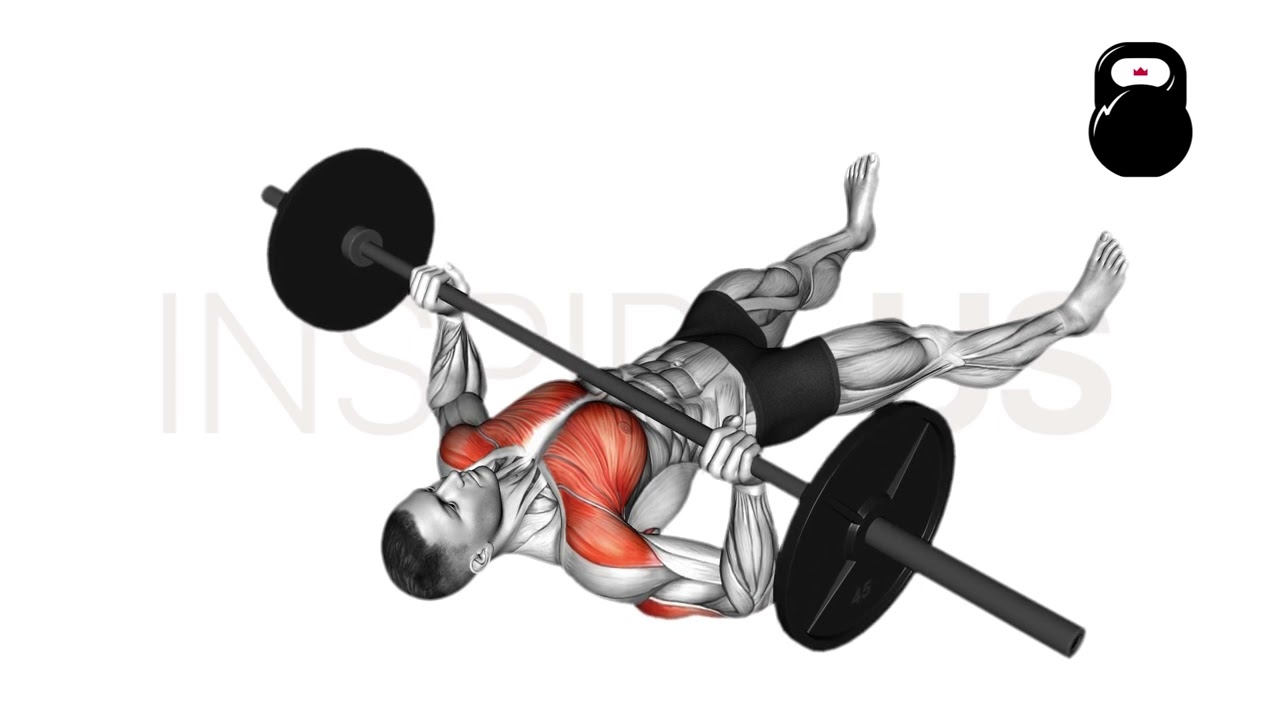Floor Press: Muscles Worked and More
The floor press is a horizontal pressing movement most closely comparable to a barbell bench press - only with a limited range of motion and sans an actual bench.
Floor presses are primarily performed as a method of targeting the triceps brachii to a comparatively greater degree.
However, outside of triceps development, the floor press also serves as a bench press technique enhancement tool, or otherwise as a chest press substitute in situations where no bench or rack is available.
What is the Floor Press?
In technical examination, the floor press can be identified as a free weight compound movement primarily involving elbow extension as its principle bio-mechanic.
Essentially, the floor press is identical to the conventional barbell bench press, only with the lifter lying atop the floor. This will eliminate the lower half of the range of motion - with the elbows being stopped before the bar itself can touch the chest.
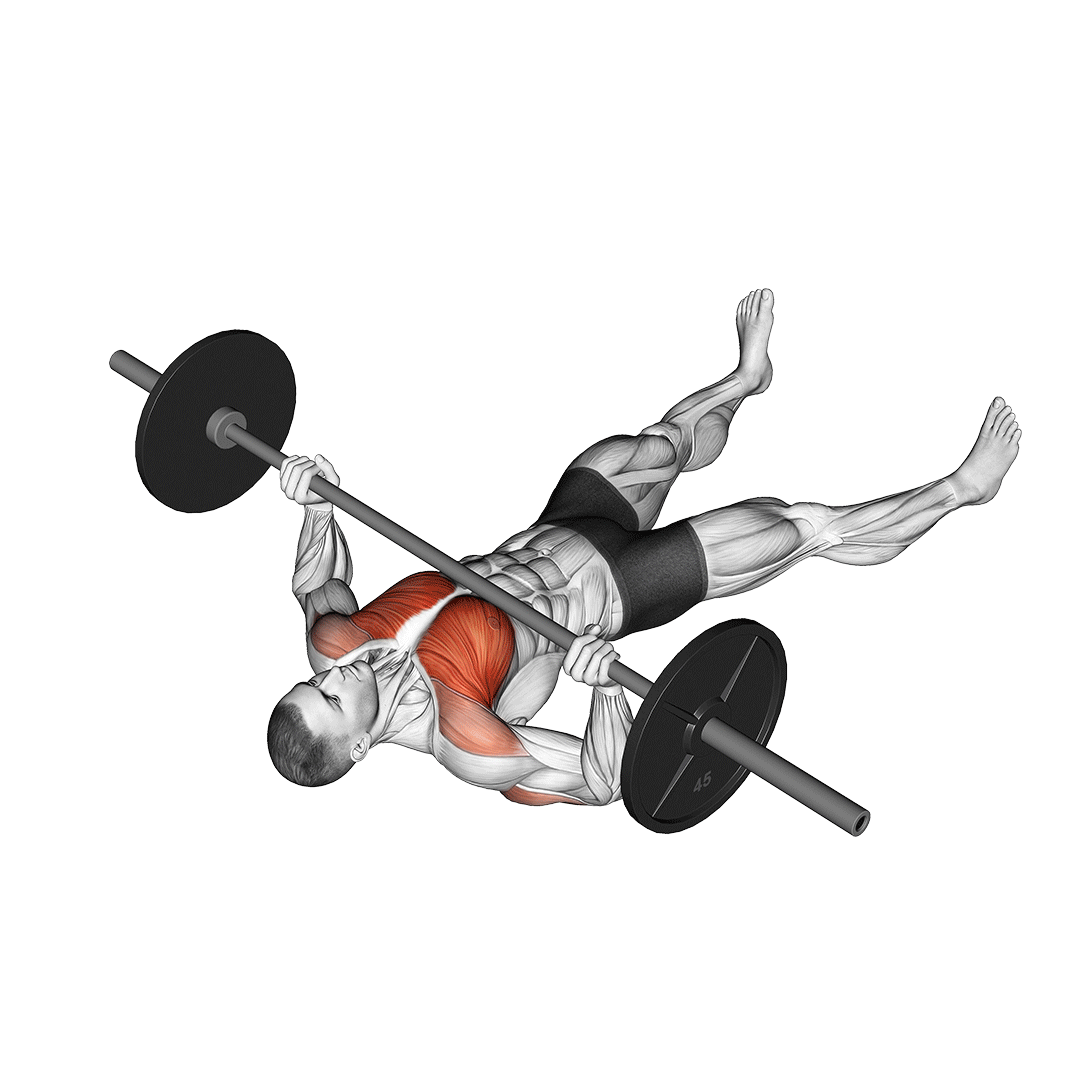
Although it is true that a shorter range of motion is often a bad thing in resistance training, the floor press takes advantage of this limitation by allowing for greater emphasis on the triceps brachii, or by otherwise allowing for more volume within the upper half of the chest press’s ROM specifically.
In actual practice, the floor press allows for greater volume and load to be used (in comparison to the barbell bench press). However, despite its greater capacities, the floor press is more effective as an assistance or accessory movement, rather than the primary compound exercise of a push workout.
Eliminating the lower half of the range of motion also greatly reduces the involvement of the pectoral muscles, meaning that if the floor press is used as your main horizontal press for extended periods, it is possible your chest will become underdeveloped.
How to Do a Floor Press
To perform a repetition of the floor press, the lifter will first set a loaded barbell on the ground, slipping beneath it with their scapula retracted and a small arch in their lower back for stability. The triceps should be against the floor with the elbows pointing several degrees below parallel with the shoulders.
The hands should be set along the bar at a distance slider wider than shoulder-width apart. If needed, the head can also be cushioned with a mat or pillow.
Once in the correct stance, the lifter then drives through their palms and presses the bar upwards - extending their elbows while maintaining the same stance.
With the elbows now fully extended, the lifter proceeds to complete the repetition by slowly and carefully lowering it back towards their chest. The floor should arrest the movement of their upper arms, stopping the bar several inches away from touching the trunk.
Unlike with a bench press, leg positioning is far less important with a floor press. The legs can either be positioned flat along the floor or drawn up at the knees.
So long as the hips remain touching the ground, either stance is perfectly acceptable.
Sets and Reps Recommendation:
The floor press is an exercise compatible with both high volume or high load, depending on the goals of the lifter.
For higher volume (such as for a triceps accessory movement), 4-5 sets of 10-16 repetitions is the optimal range.
For greater loading (for technique work or strength development), 2-4 sets of 6-12 repetitions will allow for more weight to be lifted.
What Muscles are Worked by the Floor Press?
Despite its rather limited bar path, the floor press is still considered a compound movement owing to the fact that it works more than a single muscle group in a dynamic capacity.

To better understand which specific muscles the floor press works, we will have to divide these activated muscle groups according to the role they play.
Those dynamically contracted to a high intensity are called “mover” or “mobilizer” muscles, whereas purely static contraction designates the muscle as a “stabilizer”.
Mobilizer Muscles
For the floor press, it is the triceps brachii that acts as the primary mobilizer throughout the entire movement pattern.
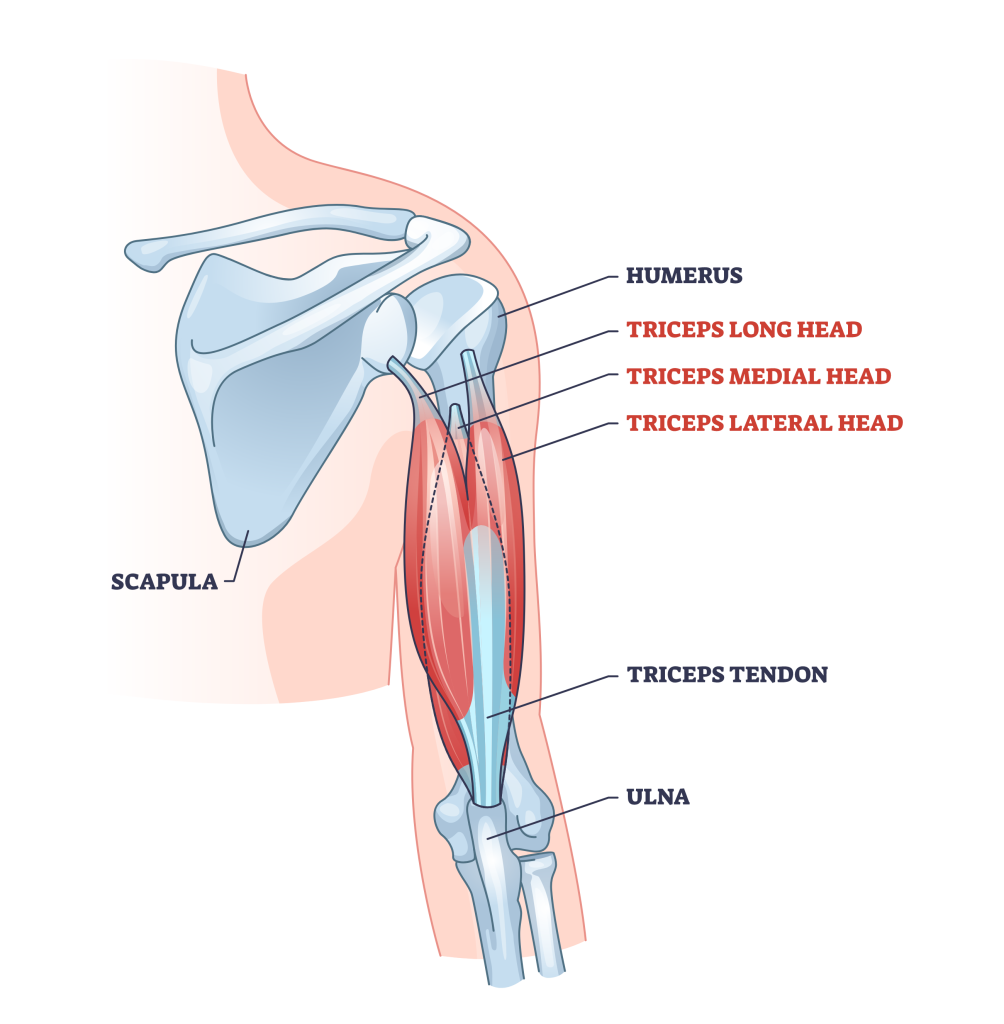
Considering that elbow extension is the only large-range biomechanical action taking place, the triceps are forced to bear much of the bar’s weight through a comparatively lengthy movement.
Alongside the triceps are the pectoral muscles - of which are worked as a secondary mobilizer to a far lesser degree, where they will still be contracted in a dynamic manner.
Stabilizer Muscles
Apart from the mobilizer muscles, the floor press will also contract the anterior heads of the deltoids to help stabilize the bar.
Working alongside the anterior deltoid head are the rhomboid and rotator cuff muscles, aiding in keeping the entire trunk in place as the core stabilizes the lower section of the body as well.
Common Floor Press Mistakes to Look Out for
To get the most out of the floor press, ensure that you’re on the look out for the following common mistakes.
Excessively Wide Grip
It is important to remember that the floor press is primarily a triceps exercise.
Considering the fact that the main function of the triceps is extension of the elbow, setting the hands too wide will directly interfere with this biomechanic and subsequently lead to a less efficient movement.
While a wide grip is indeed excellent for maximizing pectoral contraction in other variations of the chest press, the floor press does not allow for optimal utilization of the pecs and as such should not be done with an excessively wide hand placement.
Aim for a hand placement slightly wider than shoulder-width apart, if not narrower based on your own individual proportions.
Failing to Arch Back
Lifters more familiar with the conventional bench press may find it awkward to arch their back as their legs lie at the same level as their hips.
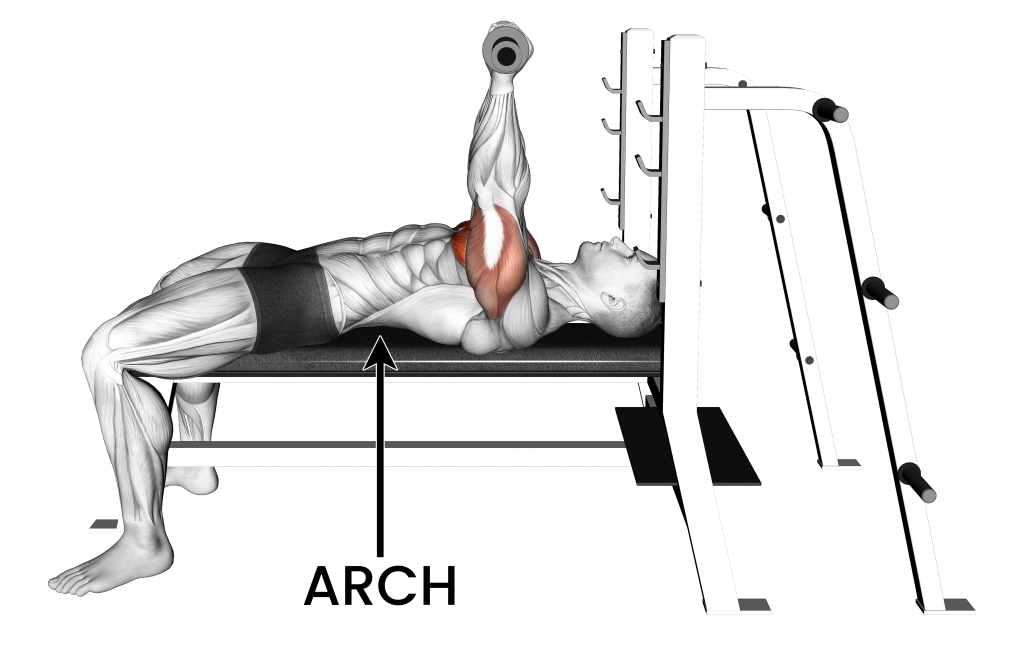
However, failing to arch the back will reduce the stability of the entire trunk, and reduce how well the pectoral muscles can engage during the repetition.
Though it is also a mistake to excessively arch the back, some degree of flexion should still be present so as to facilitate a more efficient and stable movement pattern. While lying flat, pull the hips several inches upwards towards the scapula, lightly engaging the core to help hold the position.
Failing to Retract Scapula
As with all forms of barbell press, the scapula should be fully retracted and pinned beneath the back so as to prevent injury to the rotator cuff and shoulder joint.
The floor press is no different in this regard, and failing to provide a stable base to the chest and triceps will reduce their capacity to output force.
One cue commonly used by many is to imagine pinching a small ball behind the back using the shoulder blades. This should help visualize the position needed for a safe and efficient horizontal press.
Rapid Descent/Bouncing the Elbows
In order to avoid sustaining injuries to the elbows and upper arms, the descending portion of the floor press should be done in a slow and controlled manner.
Avoid slamming the elbows into the floor or otherwise allowing the barbell to descend in an uncontrolled path - both mistakes will not only lead to a greater risk of injury, but also reduce the effectiveness of the exercise by eliminating tension in the muscles.
Poor Range of Motion
Although a seemingly strange mistake considering the already short range of motion inherent to the floor press, many lifters in fact do fail to complete a full ROM.
Each repetition should begin and end with the elbows flat along the floor, whereas the highest point of the repetition should involve full extension of the arms at the elbows.
Failing to complete a full range of motion can make the exercise less effective as a whole, reducing how well the triceps and chest develop and negating many of the benefits that would otherwise be derived from the floor press.
Flaring the Elbows
Another common mistake to look out for is poor elbow positioning.
In order to avoid straining the shoulder joints and to maximize triceps engagement, the upper arms should be below parallel to the shoulders - preferably with the elbows pointing diagonally outwards, rather than straight to the sides.
Floor Press Alternatives and Variations
If the floor press doesn’t quite meet your needs - or if you wish to retain some of its benefits but dislike its inherent advantages - try the following alternative exercises out.
Elevated Feet Floor Press
By elevating the feet during a floor press set, lifters can achieve far greater engagement of the pectoralis major muscle and a somewhat wider range of motion.
Essentially, elevating the feet makes the floor press a better exercise if pure muscular development is the goal.
However, using the elevated feet floor press as a substitute for technique enhancement or for working around a shoulder injury will only negate the movement’s benefits. It is entirely a situational substitute.
Board Bench Press
For powerlifters or those that perform the floor press solely for its shortened range of motion, a viable alternative can be found in the board bench press.
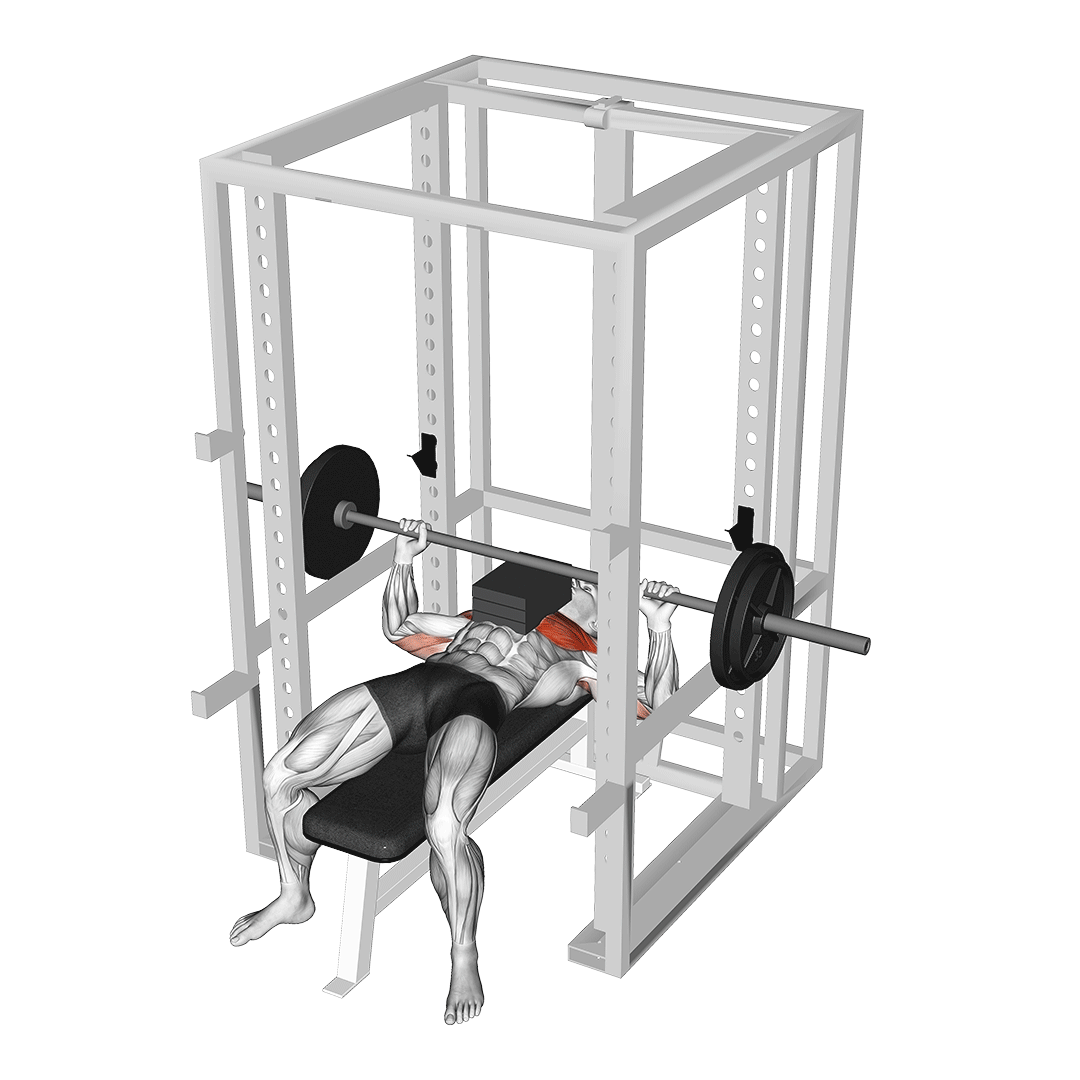
Unlike the floor press, the board bench press is considerably more demanding in terms of equipment. However, it makes up for this disadvantage by allowing for the actual elevation of the bar’s touchpoint to be adjusted as desired.
This benefit, alongside freer elbow movement and the use of leg drive, make it somewhat superior for lifters with bench press lock-out issues.
Seated Chest Press Machine
Depending on the specific brand, the seated chest press machine can often be used as a direct machine-based substitute to the floor press.
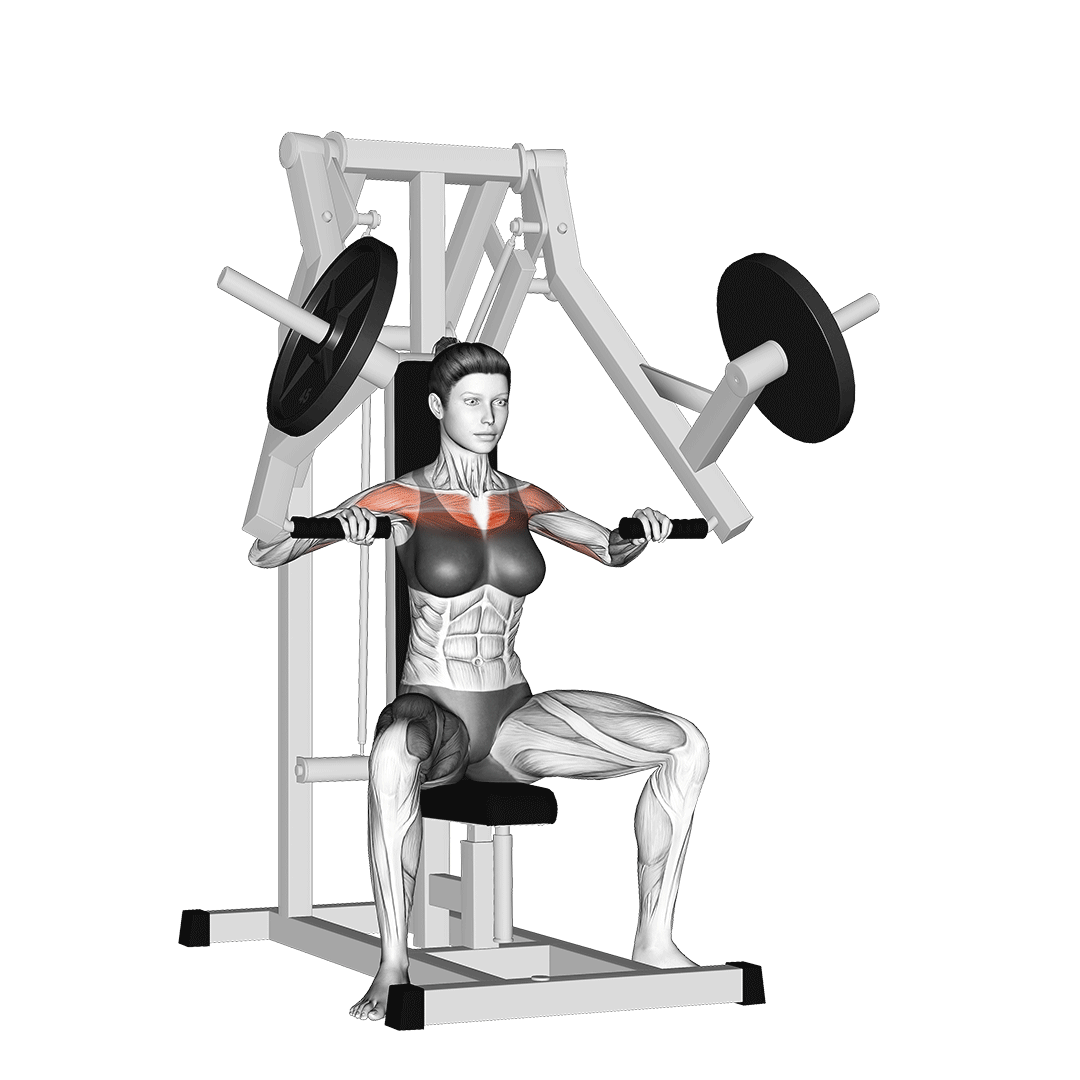
Both compound chest movements feature a limited range of motion in comparison to the barbell bench press, often with the upper arms stopping parallel to the trunk, rather than rotating behind it.
Although less triceps-dominant than the floor press, the seated machine chest press allows for greater chest contraction, an even lower risk of injury and will involve none of the discomfort associated with lying on the floor.
Frequently Asked Questions (FAQ)
What is the Floor Press Good for?
The floor press serves a multitude of purposes, ranging from simple triceps development to correcting specific issues in barbell bench press technique.
In a pinch, the floor press can also be used as a bench press substitute if you have a history of shoulder injuries or do not have access to an actual bench.
Is the Floor Press the Same as a Bench Press?
Not at all. Though both exercises feature similar movement patterns, the floor press is considerably more limited in terms of shoulder and chest activity, and features a far smaller range of motion.
Outside of specific circumstances or training needs, it is preferable to perform the bench press over the floor press.
How Do You Spot a Floor Press?
There is no need to spot a floor press if performing the exercise with a barbell - the weight plates will automatically spot for you.
However, if performing the floor press with dumbbells, it is best to begin the set by performing a small crunch and allowing the momentum of the trunk’s descent to aid in raising the dumbbells over the chest.
Perform a similar motion in the event of a failed repetition, allowing the dumbbells to lower towards the ground by curling the trunk upwards.
References
1. Brisebois MF, Rigby BR, Nichols DL. Physiological and Fitness Adaptations after Eight Weeks of High-Intensity Functional Training in Physically Inactive Adults. Sports (Basel). 2018 Nov 13;6(4):146. doi: 10.3390/sports6040146. PMID: 30428527; PMCID: PMC6316712.
2. Nuzzo, James L. PhD, CSCS. Time to Reconsider Foot and Leg Position During the Bench Press. Strength and Conditioning Journal 43(1):p 101-106, February 2021. | DOI: 10.1519/SSC.0000000000000562

